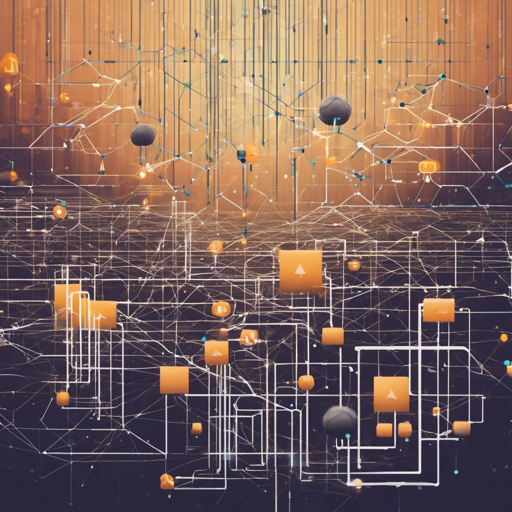Welcome to your comprehensive guide on setting up your MATRIX node following the recent Mainnet updates!
Successful Updates Overview
The latest patch on the MATRIX AI Network incorporates several key adjustments that enhance the functionality and performance of the network:
- Adjustments to the penalty policy
- Adjustments to the difficulty algorithm
- Increased search space for POW mining
- Various bug fixes
Diving Deeper into Key Changes
1. Penalty Policy
The new update introduces a more severe penalty for mining nodes that fail to report their base compute. If a node is blacklisted, it will lose all rewards for that round and will be unable to participate in the next election cycle. Think of it as a sports league—if a player repeatedly misses games without a valid reason, they face consequences that could prevent them from participating in future matches.
2. Difficulty Adjustment Algorithm
This update also addresses two main issues within the difficulty adjustment algorithm:
- When a new validation leader is elected, mining difficulty temporarily drops, leading to prolonged mining cycles. This can hinder the full utilization of miners’ computational power.
- The initial setup stage does not stabilize quickly due to a lack of synergy between miners, causing inaccurately low estimates of computing power.
Imagine tuning a musical instrument: if each musician plays out of sync, the overall harmony suffers. This update ensures that all ‘musicians’—or miners—are in sync, improving the overall performance of the network.
3. More Search Space for POW Mining
Previously limited to a 4-byte search space, the update expands this space to 12 bytes. This ensures that even when the difficulty is high, miners can discover the ideal target value more effectively. Think of this as expanding a treasure map to cover more ground—more space can lead to greater chances of finding buried treasure!
4. Bug Fixes
The patch also resolves several critical bugs, including:
- Ensuring mining results from the previous block height are accepted accurately.
- Fixing the nonce issue for CPU mining.
- Addressing stability issues within the P2P module.
These bugs were akin to roadblocks on a smooth driving path—removing them ensures a seamless ride on your MATRIX journey!
Setting Up Your MATRIX Node
Now, let’s get you started with the installation and configuration steps for your MATRIX node.
System Requirements
- OS: Windows, Linux
- CPU: 8 Core (Intel(R) Xeon(R) CPU X5670 @2.93GHz)
- RAM: 16G
- Free HD: 300G
- Bandwidth: 20M
Building from Source
To begin, clone the source code from the MATRIX repository:
git clone https://github.com/MatrixAINetwork/go-matrix.gitInstall the necessary dependencies and run the command:
make gmanYou can also download the precompiled gman from here.
Starting Your Member Node (Linux/Mac)
- Prepare the required files as mentioned earlier.
- Run the initiate command:
.gman --datadir .chaindata init .MANGenesis.json - Follow the steps to create a new wallet address and handle deposits.
- Execute commands to set up your gman node.
Starting Your Member Node (Windows)
- Prepare the required files as mentioned earlier.
- Run the initiate command:
gman.exe --datadir chaindata init MANGenesis.json - Follow the steps above to establish your functionality.
Troubleshooting
If you encounter issues, here are some tips:
- Ensure all files are correctly in place before running commands.
- Double-check the formatting of your
signAccount.jsonfile. - Verify that the dependencies for Go and C compilers are properly installed.
- If you face persistent issues, consult the MATRIX community or documentation for additional support.
For more insights, updates, or to collaborate on AI development projects, stay connected with **fxis.ai**.
Conclusion
With these steps, you are well on your way to successfully setting up your MATRIX node on the updated Mainnet. At **fxis.ai**, we believe that such advancements are crucial for the future of AI, as they enable more comprehensive and effective solutions. Our team is continually exploring new methodologies to push the envelope in artificial intelligence, ensuring that our clients benefit from the latest technological innovations.

